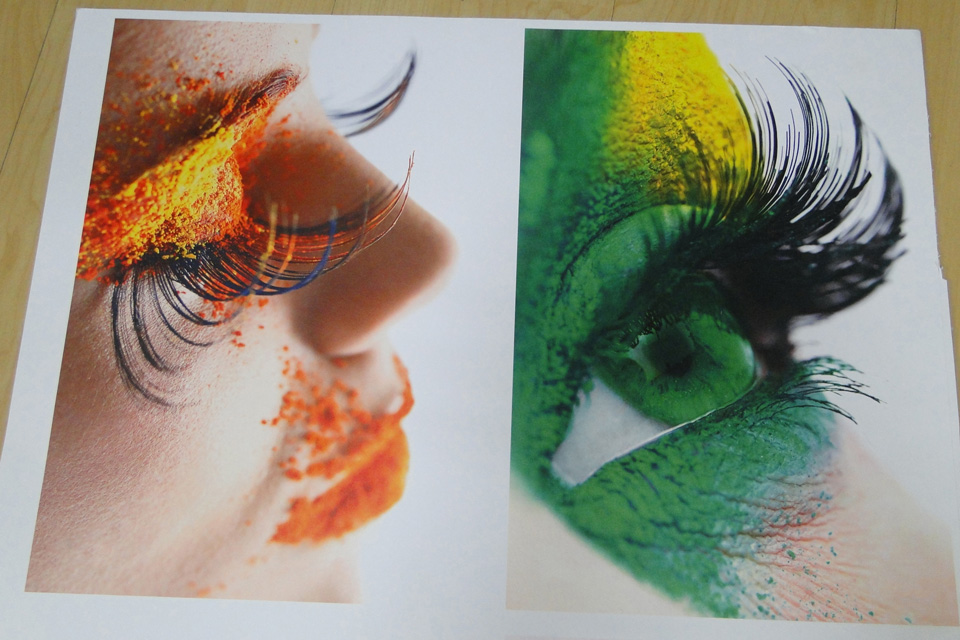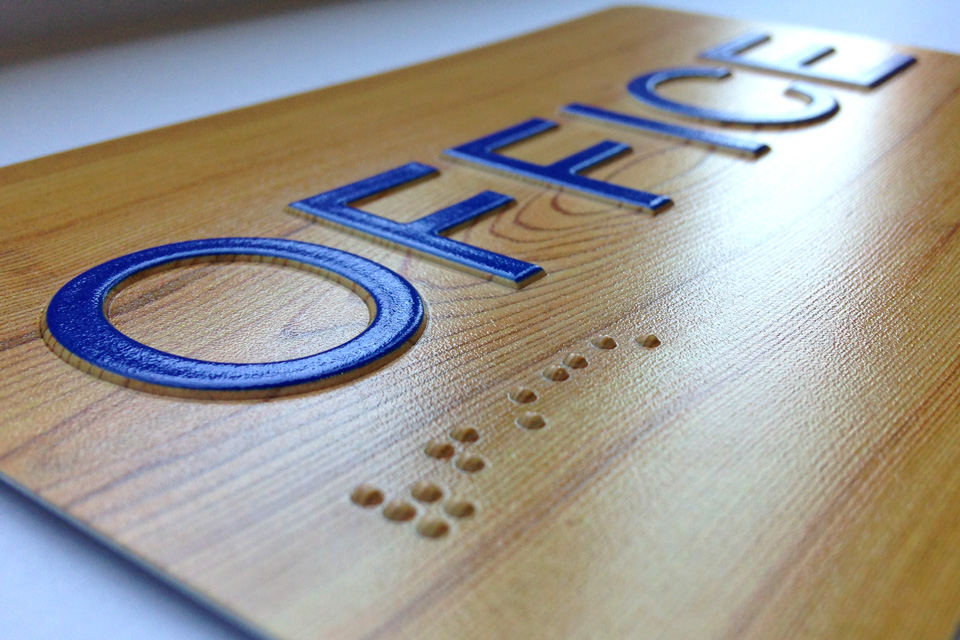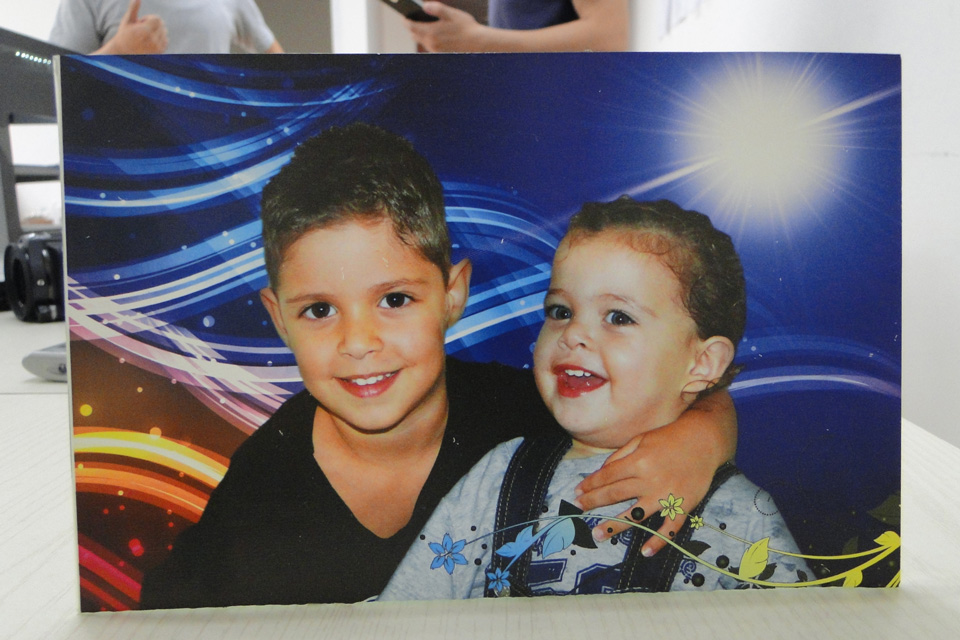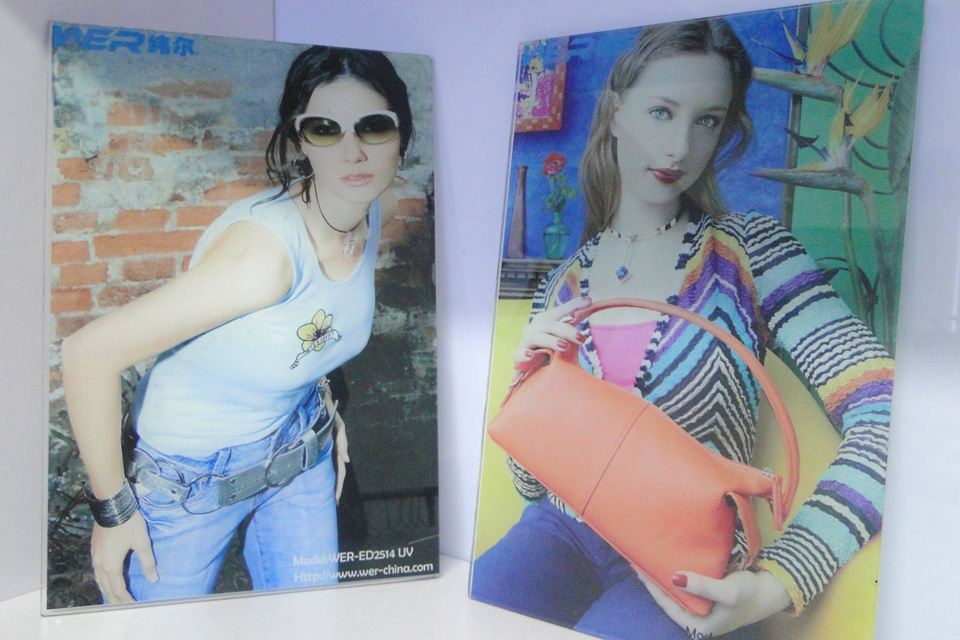UV ink is very beneficial because of its high compatibility and durability. Unlike water-based or solvent-based inks, UV ink stays on the surface by adhesive forces rather than getting absorbed. Do you want to enhance the adhesion of UV printer ink? If yes, you are at the right place.
While dealing with plastic surfaces, use denatured or isopropyl alcohol. However, alcohol is not suitable for acrylics. In this blog, we will discuss ways of improving the adhesion of UV ink printers on any surface.

Factors Impacting UV Printer Ink Adhesion
Various factors strengthen the bond between ink and surface composition. Some of the factors impacting the UV printer ink adhesion are as follows:
1- Concentration
The concentration of UV ink plays a very important role in evaluating its adhesive forces. The more ink you print, the stronger adhesion there will be. It’s because of the larger contact area between the surface and the ink.
2- Cleaning
Another important factor affecting the ink and surface adhesive force is cleanliness. Having a cleaned surface ensures greater chances of ink staying in contact with the surface. It depicts that you must clean the surface properly before applying ink.
3- Wetting
Wetting a surface acts as a UV adhesion promoter for all types of surfaces. Especially the surfaces which are slippery for ink, it’s better to use water as a promoter. It will increase the adhesion forces between the ink and the surface.
Before diving into the process of increasing ink adhesion, you need to wet the surface to get printed. Another thing you should notice is whether the surface is freshly waxed or not. If your car surface is freshly waxed, it will be difficult to improve ink printing adhesion as water will roll away. However, on the surface, not waxed, water will spread and make the surface wet.
Ways To Improve UV Printer Ink Adhesion
Following are some ways to improve UV ink printer adhesion on different surfaces:

- On Plastic or Metallic Surfaces
There are various solutions or adhesion promoters to improve the adhesive forces of UV ink printers on plastic surfaces. These solutions increase paint adhesiveness to plastic components, such as vehicles. One of the best promoters for metallic surfaces is Bohle Verifix Metal Primer. However, there are other methods of improving ink adhesion than chemical promoters.
In plastics, minor modifications like the application of simple flame tests are useful in improving adhesion. We suggest you use a handheld propane torch for this ink adhesion test. You only need to move the flame gently on the surface and allow it to cool. It is not only effective in improving printing adhesion but also in removing impurities.
Another important treatment for plastic for eliminating foreign particles is corona treatment. This method is effective in making the surface adhesion-friendly. Besides this, you can improve ink adhesion on plastic by marginal adhesion. It involves an underline coating of varnish before applying ink. Doing so effectively stops UV light penetration and increases printers’ adhesion.

2. On Acrylics
To improve the adhesion of a WER UV printer on acrylics through laser cutting, you should use paint thinner or lighter fluid. If you want to clean acrylics, we suggest using cleaners to remove dirt and debris. But removing metal dust is only possible with the help of acetone.
After removing metal dust and debris, you must wipe down the substrate surface. By this wiping, your surface will become less static. The less static your substrate surface, the higher your quality print will get. It means ink adhesion increases by reducing the statics of the substrate. Moreover, wiping both printed and opposite sides is more efficient in minimizing the statics of the surface.
Before moving ahead, we suggest you do an ink adhesion test on the surface wiped with a water-wetted lint-free cloth. The best way to check the adhesiveness of ink is a scratch test. If the ink or paint gets out by simply scratching with your fingernail, it’s not reliable.
However, go for a tape test if it doesn’t come off with a fingernail. You must cut a piece of paper and place it on the inked surface for a tape test. After a while, pull the tape off. If the ink doesn’t come off with tape, it has better adhesion. Use promoters and increase UV printer ink adhesion on acrylic substrates.

3. On Glass
Like other surfaces, printing with UV ink on glass also depends upon the adhesion between ink and glass. While dealing with glass, you can improve adhesion by using the float method. This method helps make a glass flat.
Through this method, you can make the tin side float. This is because the Tin side faces down during preparation because of being in contact with molten tin. On the other hand, the opposite side of the tin surface is the air side. The Airside is the part of the glass where a UV printer works.
You might wonder why the ink printer is used only on the airside surface. Well, it’s because the airside surface is free from tin contamination. Therefore, there will be less or no interference with adhesion. Never forget to clean and wet the glass before applying the float method.
Concluding Remarks!
Though adhesion is a little bit tricky, its improvement gives long-lasting results. This improvement is also possible by making physical modifications like changing the material’s surface. For this purpose, we suggest using sanding plastic metal or wood to etch the material with the help of a laser. This etching design is also reliable for enhancing UV printer ink adhesion.
The above discussion concludes that increasing adhesiveness on any surface is simple and convenient. Firstly, there is a need for a flame treatment before applying an adhesion promoter. Then, after the application of a thin layer of the promoter, dry it and paint it. However, UV printer ink can also be placed on the second surface to increase protection.
Tags :
Knowledge & Stories| M | T | W | T | F | S | S |
|---|---|---|---|---|---|---|
| 1 | 2 | 3 | 4 | 5 | 6 | 7 |
| 8 | 9 | 10 | 11 | 12 | 13 | 14 |
| 15 | 16 | 17 | 18 | 19 | 20 | 21 |
| 22 | 23 | 24 | 25 | 26 | 27 | 28 |
| 29 | 30 | |||||
Recent Posts
- The advantages of using a WER UV printer for large format printing (2)
- Achieve Stunning Results in Home Décor and Architectural Design with UV Printer
- The advantages of using a WER UV Printer for Large Format Printing (1)
- Using a WER UV printer for fine art printing
- How to print on dark surfaces with a WER UV printer
Archives
- March 2024
- December 2023
- November 2023
- October 2023
- May 2023
- March 2023
- February 2023
- January 2023
- December 2022
- November 2022
- October 2022
- September 2022
- February 2022
- January 2022
- December 2021
- November 2021
- October 2021
- September 2021
- August 2021
- July 2021
- June 2021
- May 2021
- April 2021
- March 2021
- February 2021
- January 2021
- December 2020
- November 2020
- October 2020
- September 2020
- August 2020
- July 2020
- June 2020
- May 2020
- April 2020
- March 2020
- February 2020
- January 2020
- December 2019
- November 2019
- October 2019
- September 2019
- August 2019
- July 2019
- June 2019
- May 2019
- April 2019
- March 2019
- February 2019
- January 2019
- December 2018
- November 2018
- October 2018
- September 2018
- August 2018
- July 2018
- June 2018
- May 2018
- April 2018
- March 2018
- February 2018
- January 2018
- December 2017
- July 2016
- June 2016
Recent Posts
- The advantages of using a WER UV printer for large format printing (2)
- Achieve Stunning Results in Home Décor and Architectural Design with UV Printer
- The advantages of using a WER UV Printer for Large Format Printing (1)
- Using a WER UV printer for fine art printing
- How to print on dark surfaces with a WER UV printer
Recent Comments